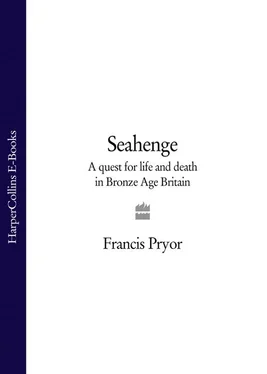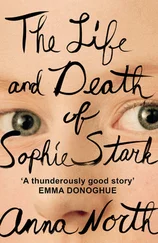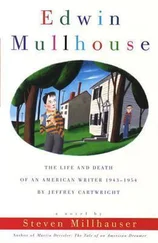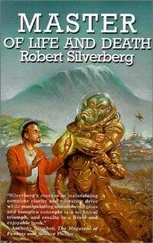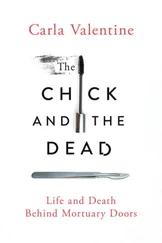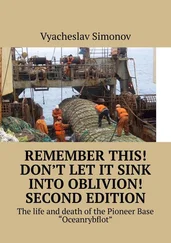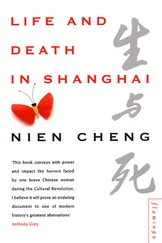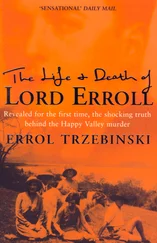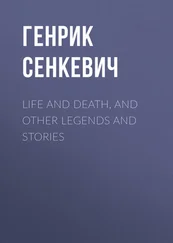New Discoveries in Prehistoric Britain
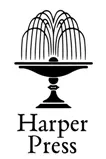
HarperPress
An imprint of HarperCollins Publishers Ltd. 1 London Bridge Street London SE1 9GF
www.harpercollins.co.uk
Copyright © Francis Pryor 2001
Francis Pryor asserts the moral right to be identified as the author of this work
A catalogue record for this book is available from the British Library
Maps and diagrams by Leslie Robinson and Rex Nicholls
All rights reserved under International and Pan-American Copyright Conventions. By payment of the required fees, you have been granted the non-exclusive, non-transferable right to access and read the text of this ebook on-screen. No part of this text may be reproduced, transmitted, down-loaded, decompiled, reverse engineered, or stored in or introduced into any information storage and retrieval system, in any form or by any means, whether electronic or mechanical, now known or hereinafter invented, without the express written permission of HarperCollins ebooks
HarperCollins Publishers has made every reasonable effort to ensure that any picture content and written content in this ebook has been included or removed in accordance with the contractual and technological constraints in operation at the time of publication
Source ISBN: 9780007101924
Ebook Edition © JUNE 2012 ISBN: 9780007380824
Version: 2016-09-15
To the memory
of my father-in-law,
DAVID SMITH
Cover
Title Page
Copyright
PLATES
MAPS AND DIAGRAMS
DATES AND PERIODS
PREFACE: The Quest
PROLOGUE: John Lorimer’s Discovery
CHAPTER ONE: Setting the Scene
CHAPTER TWO: The Hunt is On
CHAPTER THREE: A Trans-Atlantic Commuter
CHAPTER FOUR: Direction and Disorientation
CHAPTER FIVE: Gardens of Creation
PLATES SECTION 1
CHAPTER SIX: Ritual Landscapes
CHAPTER SEVEN: Etton and the Origins of Ancestral Authority
CHAPTER EIGHT: Rites of Passage in a Private World
CHAPTER NINE: The Living Dead: Ancestral Spirits in the Landscape
PLATES SECTION 2
CHAPTER TEN: The Wetland Revolution
CHAPTER ELEVEN: The Daily Round
CHAPTER TWELVE: Between the Tides
PLATES SECTION 3
CHAPTER THIRTEEN: The World Turned Upside Down
CHAPTER FOURTEEN: The Passage of Arms
CHAPTER FIFTEEN: Retrospect and Prospect
FURTHER READING
INDEX
ACKNOWLEDGEMENTS
Keep Reading
About the Publisher
(Unless otherwise stated, all photographs are from the author’s collection)
PLATES SECTION 1
The prehistoric landscape at Fengate, Peterborough. The Bronze Age fields were used by livestock farmers between 2500 and 1000 BC.
Unexcavated Bronze Age droveway ditches at Fengate, showing on the stripped gravel surface as dark marks.
The bank that ran alongside a Bronze Age ditch at Fengate was preserved beneath upcast from a modern drainage dyke.
A minor Bronze Age double-ditched droveway being excavated at Fengate.
Body of a young man buried at Fengate sometime between 3500 and 3000 BC.
Gold objects from Barrow G.8 at Wilsford, Wiltshire (2000–1800 BC). (Wiltshire Archaeological and Natural History Society)
Gold grave-goods from a barrow at Little Cressingham, Norfolk (2000–1800 BC). (Norfolk Museums and Archaeology Service)
Sheet-gold cape found at Mold, Flintshire, Wales in 1833. It covered a body which lay under a cairn in a gravel pit (2000–1800 BC). (British Museum)
The Carnac alignments, erected near the coast in Brittany during the Late Neolithic period, around 3500 to 2500 BC (The Ancient Art & Architecture Collection)
The aerial photograph which first revealed the faint cropmarks of the Etton causewayed enclosure (3800 BC). (Photo: S.J. Upex)
Corn-grinding stone, or quern, buried on-edge in the Neolithic causewayed enclosure at Etton (3800 BC).
Aerial photograph taken by J.K. St Joseph in July 1951, showing cropmarks south of Maxey church, Cambridgeshire. (© Crown Copyright 1951/MOD. Reproduced with the permission of the Controller of Her Majesty’s Stationery Office)
The immediate effects of de-watering on waterlogged Neolithic wood (3800 BC) at Etton.
The base of a Bronze Age notched log ladder (1000 BC) found at the bottom of a large quarry pit at Fengate.
The notched log ladder from the Fengate quarry pit.
A notched log ladder in the courtyard of a disused Tibetan Buddhist temple in the Himalayas north of Kathmandu, Nepal. (Photo: Felix Pryor)
Reconstruction of the first Bronze Age roundhouse (c.1500 BC) to be found at Fengate.
Skeleton of a young woman found at Fengate and radiocarbon dated to 3030–2500 BC.
Bronze Age weapons (1300–900 BC) from Flag Fen.
Bronze Age wheel found at Flag Fen, dating to about 1300 BC.
Middle Bronze Age stone roadway (1200–1300 BC) at Yarnton, Oxfordshire.
Clothes of a young Middle Bronze Age woman (1400–1200 BC) found in a barrow at Egtved Farm in southern Jutland, Denmark. (Danish National Museum)
PLATES SECTION 2
John Lorimer holds the bronze axe that started the Seahenge saga.
A view along the Holme-next-the-Sea peat beds at low tide, autumn 1998, showing the timber circle.
The team from the Norfolk Archaeological Unit start working on the ground-plan of the Seahenge timbers.
A close-up of the post circle, showing the eroded and damaged state of the timbers.
The initial exploratory trench within the circle of timbers, autumn 1988.
Part of the inverted oak tree exposed by the excavation.
A post being prepared for removal.
The team’s soil scientist, Dr Fran Green, records the precise position of sample tins placed in the section on either side of a post.
A group of Druids occupy the central tree in an attempt to prevent its removal.
PLATES SECTION 3
Sheets of foam being attached to the central tree to cushion the straps which would be used to lift it.
The lifting of the central oak tree.
The tree trunk was carefully checked when clear of the ground, in case any votive offering or other unexpected find might still be adhering to it.
Members of the Norfolk Archaeological Unit preparing to lift the final two timbers of the Seahenge circle.
The central tree in a shallow water bath at Flag Fen.
The flat underside of the central oak tree was found to be covered with axe-marks, believed to be the earliest left by a metal tool yet found in Britain. One of the towing loops, still with honeysuckle rope in place, is also visible. (Photo: F. Pryor. Courtesy of English Heritage)
One of the Seahenge timbers being carried to the washing tanks at Flag Fen.
Wide axe-marks, similar to those on the central oak tree, were also found on the lower, chopped ends of the oak posts of the timber circle. (Photo: F. Pryor. Courtesy of English Heritage)
The freshly de-barked oak-tree stump with one of the two towing loops and a length of twisted honeysuckle rope ready for the reconstruction of a full-size replica of Seahenge by Channel 4’s Time Team.
The Time Team reconstruction reaches a critical stage, with the oak tree poised above the hole dug to receive it.
The roots of the central oak are levered upwards, and the two-ton tree drops into position.
Читать дальше
